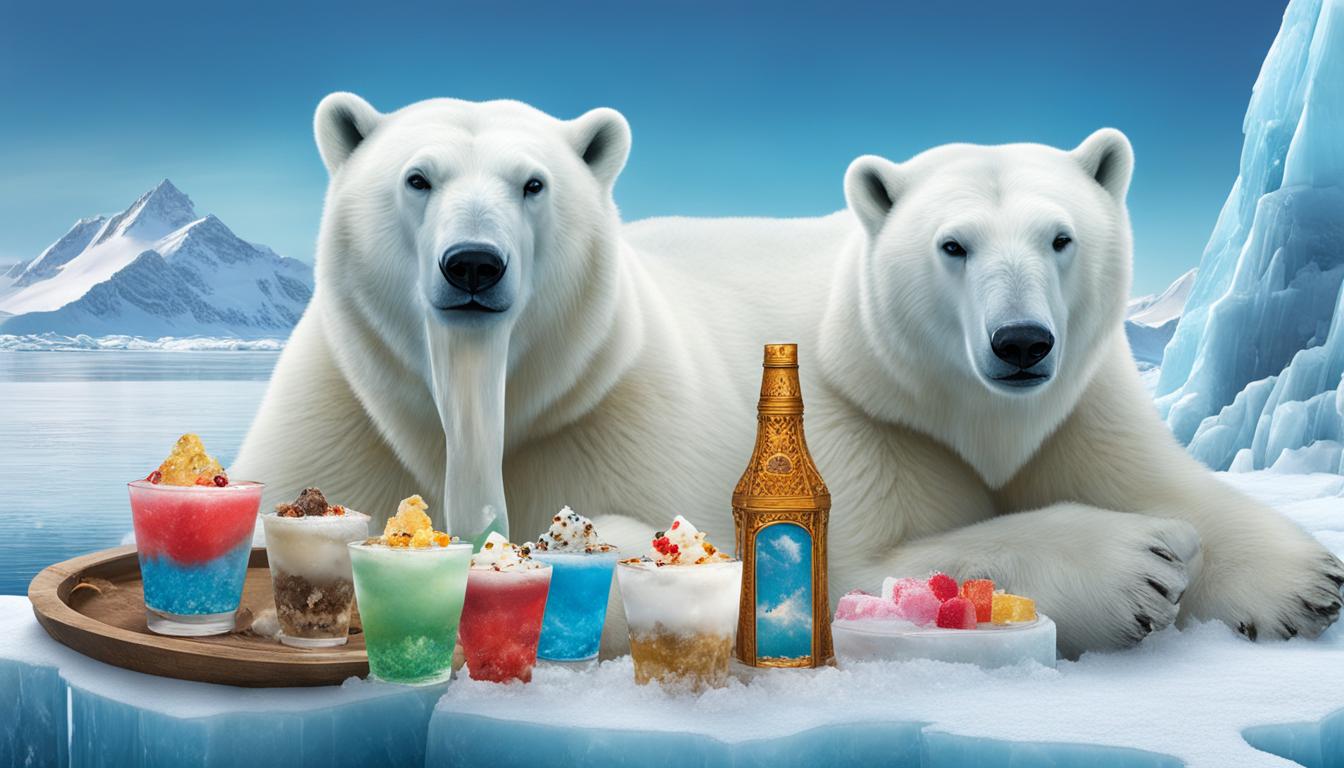Remember the joy of chasing after the ice cream truck on a scorching summer day, eagerly awaiting the arrival of your favorite frozen treat? But have you ever wondered about the origins of those delicious chilly bears – the sweet, icy cups of nostalgia that bring back cherished childhood memories?
Step back in time as we uncover the fascinating history of chilly bears, those refreshing frozen desserts that have been a staple of summer indulgence for generations. From their humble beginnings in African-American communities to their emergence as a beloved childhood tradition, these vintage ice cream cups hold a significant place in American culinary heritage.
Join us as we delve into the cultural significance behind chilly bears, unravel their roots, and explore the nostalgia that these icy delights invoke. Get ready to embark on a journey of flavors and history that might challenge what you thought you knew about frozen treats.
The Roots of Frozen Drinks and Desserts in America
The history of chilly bears is intertwined with the development of frozen drinks and desserts in America. It all began with the historical ice trade in the 17th century, where early settlers like Sir William Berkeley monopolized the harvesting and storage of ice. Ice houses were built on plantations, primarily owned by wealthy individuals, to keep their food and beverages cold.
The ice trade routes coincided with the transatlantic slave trade, and it’s possible that enslaved Africans also enjoyed the luxury of red drinks cooled with ice, providing a refreshing reprieve from the hot sun. These African and African-American culinary traditions contributed to the early adoption of frozen treats in the United States.
However, it wasn’t until the 19th century that advancements in manufactured ice and refrigeration technology revolutionized the availability of frozen desserts to a wider population. The invention of the popsicle and the mass production of red beverages like Kool-Aid brought frozen treats within the reach of ordinary Americans, providing cheap and accessible options.
The founding fathers and their ice houses played a significant role in popularizing the consumption of frozen drinks. Ice cream was a favorite treat of President George Washington, who even had ice cream made for his inaugural party. Ice houses became a social hub for fashionable gatherings, with ice cream being served as a luxurious indulgence.
These developments ultimately laid the foundation for the emergence of chilly bears and similar frozen cups, connecting historical ice trade, African and African-American culinary traditions, and the progress of manufactured ice and refrigeration technology. The evolution of frozen drinks and desserts in America showcases the interplay between culture, technology, and taste, leaving a lasting impact on our culinary landscape.
Nostalgia and Cultural Significance of Chilly Bears
Chilly bears have a special place in the hearts of many African Americans, preserving culinary heritage and evoking cherished childhood memories. Generations of individuals fondly remember visiting Charleston’s iconic ice cream shops and neighborhood candy ladies, where the allure of chilly bears awaited. These trips down memory lane bring to mind the joy and delight of cooling off with a cup of homemade frozen sweetness on a sweltering summer day.
Chilly bears not only provided a refreshing treat; they were also a powerful expression of African-American community and resilience. African-American women, in particular, found in the tradition of making and selling chilly bears a way to create a sense of togetherness and support their families. These frozen cups embodied the intersection of heritage and entrepreneurial spirit, preserving both culinary and cultural traditions.
While the precise origins of chilly bears may be shrouded in mystery, the appreciation for these frozen cups and their connection to childhood nostalgia remains steadfast. Today, some individuals carry on the tradition by crafting their own homemade frozen cups. By doing so, they ensure that the history and memories of chilly bears continue to be passed down to future generations, keeping alive the enduring legacy of this beloved frozen treat.
